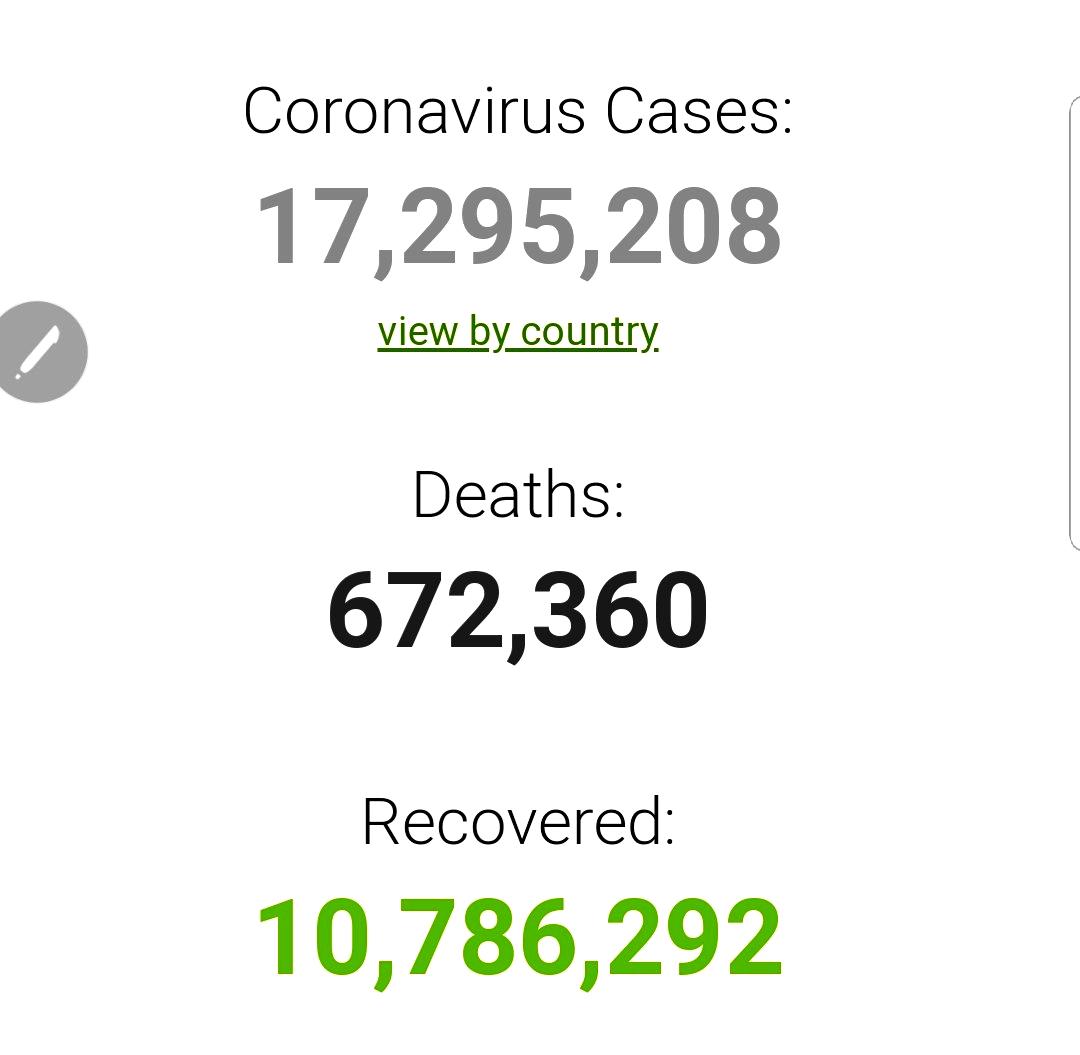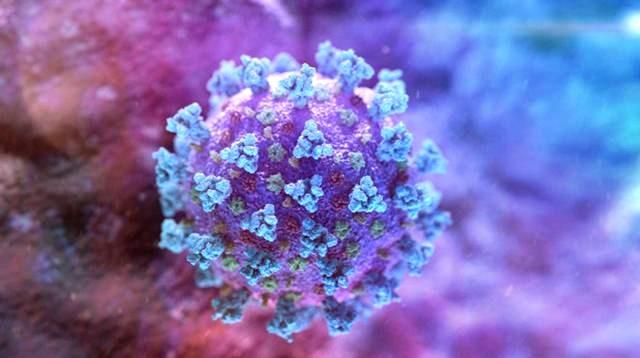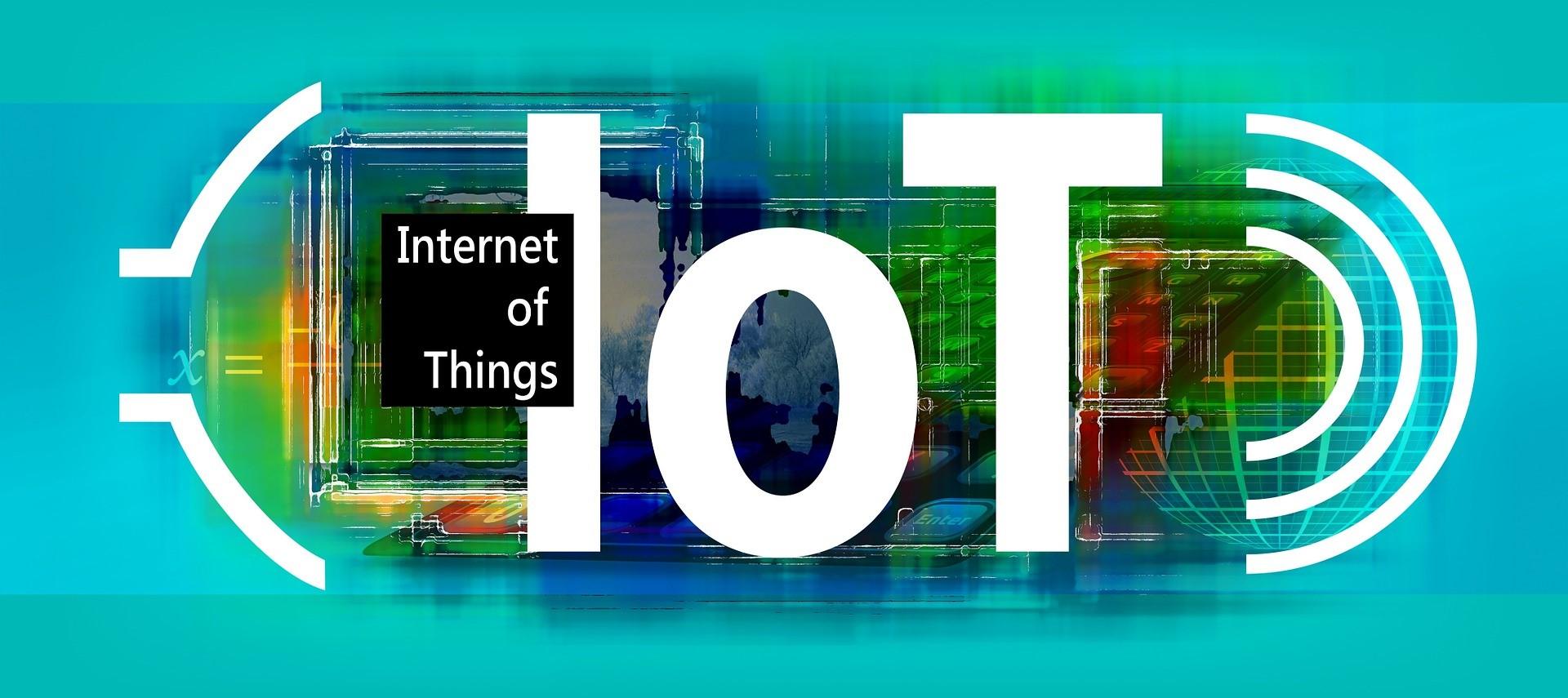
9 minute read
POWER CABLE MONITORING & MAINTENANCE: MINIMIZINGRISK&EXPOSURETOCOVID-19 IN THE FIELD USING FIBER OPTICS
LES RICHARDS
•Live & remote monitoring •Highly advanced artificial intelligence •Maintenance teams only deployed when problems are detected •Field operatives risk minimized by predictive failure analysis
Advertisement
Covid-19 has a significant impact on our lives for now and for the foreseeable future. Minimising time in the field and minimising the time support and maintenance crews are forced to the field via shared vehicle, lunch facilities and day to day interaction are necessary aims for all areas of manufacturing and infrastructure development & monitoring. The following is to discuss on the Covid-19 friendly monitoring of Power Cables above and below ground installations
The Problem
Underground Infrastructure; once installed needs to stand the test of time. In some cases, data cables, wires and power transmission lines can be expected to have an operating life from a few decades up to almost a century without the possibility of a visual inspection.
Monitoring for wear, damage or corrosion of the cable is extremely difficult and often power failure or data outage is the first sign of a problem. Often, these cables are installed in areas that have multiple uses by various stakeholders and in the event of a failure can be logistically difficult and expensive to access for repair.
Due to their lack of accessibility, it should also be noted that third-party intrusion is a much greater threat to buried power transmission lines.
The risk of Arc Flash from live conductors and the potential for electric shock is high.
The performance of these cables is constantly degrading over time. This effect although slow ultimately causes failure of the conductors. The location of these faults is a major challenge and a significant contributor to downtime.
Ultimately to manage these risks, a method of around the clock monitoring is required that can be fitted during construction or retrofitted to existing infrastructure. Due to the long runs transmission cables need to cover, traditional instrumentation would need to be installed at regular intervals along the cable run and require supporting infrastructure (power and communications) to each device, which is an entirely impractical proposal.
The Solution
To solve this problem a solution would need to do the following: • Detect issues as a distributed sensor rather than a point sensor • Require no additional field infrastructure such as power or communications • Operate in real-time • Low cost per foot • Autonomous detection with low false alarm rate • To be preventative rather than reactive
Until the advent of Distributed Fiber Optic Sensing systems, it was almost impossible to achieve any of these technical requirements this application required. The first notice an operator would get would be a disruption to their network.
Fiber Sensing of Power Cables
The monitoring of power cables using optical fiber Distributed Temperature Sensors (DTS) is a well-established and widely used technology. The optical fiber cable may either be installed near the power cable or embedded within the power cable itself. In recent years the technology to reliably carry out Distributed Acoustic Sensing has also been widely reported. Distributed Acoustic Sensing (DAS) technology based
on coherent Rayleigh backscatter in optical fiber resembles a vast number of "microphones" using simple passive glass fiber as a sensor over long distance and has been a subject of significant interest.
Whilst current commercial DAS systems reach up to 40 or 50 km sensor length, recent research has been presented which increases the reach past this point.
Principle of Operation
The fiber-based sensing system interrogator unit is connected to one end of a fiber optic cable which is attached to the cable being monitored. The interrogator produces rapidly pulsed laser light set at a precise frequency that excites the fiber and causes it to be responsive to physical changes around it. Some of this light is reflected back (backscattered) to the light source where the interrogator records and analyses, looking for changes to its color relating to physical effects in the application.
Time of Flight
Locations of events are able to be accurately determined by a method called time of flight. The amount of time from sending the laser pulse to receiving a return signal is recorded. Due to the internal properties of a fiber optic cable, the speed of light through a fiber is consistent. The signal return time can be used to calculate a distance on the fiber.
Vibration Detection
In the System, an optical effect called Rayleigh backscatter is used to observe vibrational effects on a fiber. In a fiber optic cable [removed period here] backscatter is the light that reflects off natural imperfections within the fiber and returns to the light source. The returned light gets diffracted into different frequencies and Rayleigh backscatter is one of these diffracted frequencies.
The amount of compression that vibration from an event (such as intrusion, partial discharge or cable vibration) causes on the cable determines the strength of the Rayleigh component of the backscatter. The intensity and frequency of the vibration is measurable by recording the behaviours of the Rayleigh backscatter component. This change in intensity and frequency is used to determine the presence and position of a disturbance to within 3.2 ft. (one meter).
To being classified as an alarm the amount of time, the dominant frequencies and the relative intensity all need to be present within pre-determined thresholds. This reduces the amount of false signals that classified as alarms.
Functionality
The Fiber Optic Sensing System (FOS) uses a combination of Distributed Acoustic Sensing (DAS) and Distributed Temperature Sensing (DTS) to protect underground buried cables.
By exciting a fiber optic cable, the Interrogator is able to utilize the fibers as distributed network equivalent to up to 1.6 Million individual vibration, temperature and strain sensors.
The System utilizes a number of different sensing methods and it is possible to observe events in a number of physically independent ways. The System is resistant to taking a given reading and giving a false alarm, due to the requirement for multiple physical effects to simultaneously occur at the same location to signify an event and trigger an alarm. Through a combination of distributed vibration, temperature and strain monitoring it is possible to determine multitudes of different physical events along a cable, including but not limited to: • Detection of partial discharge • Detection of hot spots • Early alert of third party intrusion • Conductor break detection • Ground condition assessment • Prevention arc flash events from conductor contact • Detection of optical Loss • Detection of Fiber Break
• Detection of pit or trench lid being opened • Determination of network operational status (thermal loading)
The System also has Geo-tags alarms allowing security or maintenance teams to be able to respond immediately.
Distributed Acoustic Sensing (DAS): Third Party Intrusion Detection
Often the primary way of preventing damage to buried assets is to prevent them from being struck and damaged by third parties. As significant excavations are generally required to unearth buried cables, the process of excavation takes sufficient time so that a warning provided quickly enough can give an operator enough time to alert the third party to the dangers below them.
Different digging events generate different signals which are picked up by the monitored fiber buried alongside an asset.
Temperature Detection, Real Time Thermal Rating
At the same time that the interrogator is monitoring for vibration, the System will continuously hunt for temperature spikes along its length. It does this by scanning a separate fiber within the cable and looking for changes to another component of backscattered light called Brillouin scattering. The system can be calibrated to run very fast (a few seconds), lower accuracy (±1°C) scans of the fiber for temperature changes or to take a slower (half a minute) more detailed scan for maximum accuracy (±0.25°C) of temperature to sense even the smallest changes.
Due to the relatively consistent ground temperature, it is possible to use dynamic cable temperature to undertake a calculation known as RTTR (Real Time Temperature Rating). Using RTTR it is possible to observe the amount of current flowing through a conductor based on the supply power and the cables mechanical properties. This allows for fine control and monitoring of cable load during stable and emergency scenarios.

RTTR systems are able to indicate whether areas are overheated or have more capacity than originally anticipated. The use of RTTR systems can assist with network load spreading and allow for direct monitoring of cables when running in an overloaded condition. This allows the maximum operating temperatures to be observed and controlled before emergency conditions can occur on the network.
The maximum temperature reading of each configured cable section and the electrical current reading are computed to build the dynamic cable rating of the installation, based on IEC 60287 and IEC 60853 standards.
The Key Inputs to the RTTR Cable Rating Modelling are Required as Follows:
• Cable size and type, installation configuration (cable laying formation) • Soil ambient temperature • Soil thermal resistivity and cable backfill material thermal resistivity if used
The Outputs from a RTTR Used in a Buried Cable Environment include:
• Real time conductor temperature along the power cable • Emergency ratings –this can be for a range of times from typically 30 minutes to 48 hours+ • Transient calculations for Time/ Current/Temperature
Temperature Monitoring: Temperature Profiling
The use of distributed temperature monitoring for ground temperature monitoring is a common use of fiber optic sensing DTS systems. These benefits include: • Monitoring of annual and seasonal changes in ground condition • Ground freezing and flood monitoring • Ground water table interaction • Ground temperature monitoring for material degradation monitoring.
Live Optical Condition Monitoring
By analyzing the resultant return signal from the Distributed Acoustic Sensing (DAS) light pulse, a number of optical fault conditions can be detected due to the presence of a loss of return light. The time of flight is used to determine the location of that loss where it occurs. Different optical loss conditions can be detected including (but not limited to): • Micro-bends • Macro-Bends • Connector losses • Fusion Splice losses • Impurities • Fiber Cut • Moisture and Hydrogen infusion loss. • Time based Degradation.
Losses are able to be monitored over time and alert thresholds set to allow planned maintenance well ahead of total failure conditions.


Conclusion
• The System can function where the cable cannot be visually inspected (due to burial) • Fiber Optic Sensing detects not only the presence of the fault of failure but its specific location • The System is extremely sensitive, detecting sounds well below the range of frequency human hearing. • Due to the use of “long haul” single mode fiber the System is able to detect faults over long distances. • Existing Fiber optic data infrastructure may be utilized • System is passive, no electricity is required in the field • No maintenance or calibration required after commissioning • Self-diagnostics monitor the unit’s condition and maintain optimum performance • Not effected by electromagnetic fields (EMF), lightning or weather events • Easy, low cost installation with cable • Low cost per foot. • Geo located event flagging • Various notification systems (SMS, email, communications)

The Author is the CEO /Founder Hawk Measurement Systems. He is the Chairman Chongqing J-V. He has been a leader in development and creation of predictive capabilities within various instruments and has further enhanced Artificial Intelligence ANN enabling transfer of huge data loads from an edge network to a core network resulting in enhanced performance with accurate prediction of possible future failure. www.hawkmeasure.com email: les.richards@hawk.com.au








